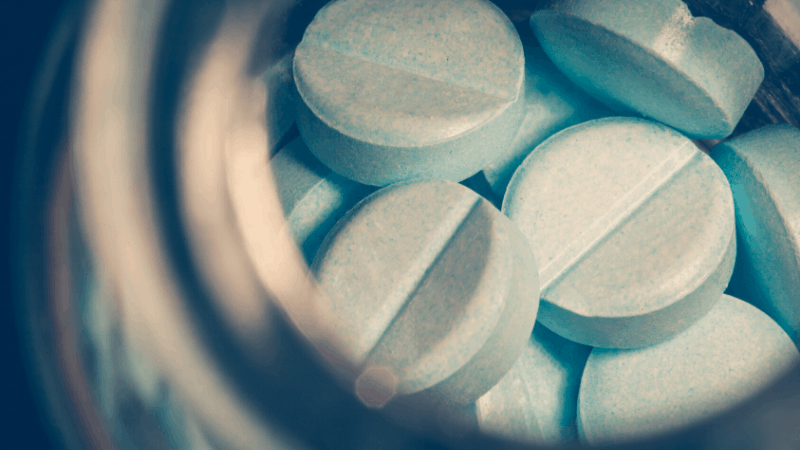According to the Centers for Disease Control and Prevention (CDC), more than 130 people die in the United States each day from overdosing on opioids, a commonly abused substance.¹ Evidently, opioid addiction and substance use disorder (SUD) are affecting the lives of too many Americans. These individuals suffer from feelings of isolation and shame due to the stigma associated with addiction. However, by using telehealth to combat these feelings and disorders, patients can now access a health coach or professional from their own home without facing crowds, loved ones or judgment from society.²
The Centers for Medicare and Medicaid Services recently announced new SUD billing codes effective as of January 2020 that will allow those specifically with opioid use disorders to use telehealth for assistance. These new codes are working in collaboration with recent legislation to provide care directly to the patient’s home, meaning the patient can be away from the practitioner while services are being used. These codes include:
HCPCS Code G2086:
Covers 70 minutes or more in the first 30 days of office-based treatment for opioid abuse, which includes developing the treatment plan, care coordination, individual and group therapy and counseling
HCPCS Code G2087:
Covers 60 minutes or more in the next 30 days of office-based treatment for opioid abuse, including care coordination, individual and group therapy and counseling
HCPCS Code G2088:
Covers each 30-minute interval after the first 120 minutes of office-based treatment for opioid abuse, including care coordination, individual and group therapy and counseling
In 2023, about 294,000 patients sought treatment for SUD from health centers, a significant increase from 168,598 patients in 2017.⁵ In 2020, 68.7% of health centers offered some form of mental health treatment via telehealth, with 58.6% specifically providing services for SUD.⁶ Now, it will be easier than ever for patients to get assistance for their SUDs through telehealth.
The goal for practitioners helping patients combat addiction through telehealth is figuring out what triggers the behavior of a patient and how to recognize those triggers to help prevent relapses. By working with the patient at any time or place, providers are able to see exactly what the patient experiences and goes through each day. One general solution includes mHealth apps, a telehealth modality covered by Certintell, which can give patients resources and on-demand access to a health care professional. Another solution is telehealth video conferencing platforms that allow patients to partake in virtual visits from any location they wish. These platforms will be particularly beneficial for patients in rural areas that might not have easy access to a mental health or substance abuse professional otherwise.²
Through telehealth, providers can team up with patients in a convenient and confidential way to help them battle addiction and remember that they are not alone.
The opposite of addiction is not sobriety; it’s connection.²
Sources
¹ “National Vital Statistics System, Mortality.” National Vital Statistics System, Mortality, CDC Wonder, 2018, https://www.cdc.gov/drugoverdose/images/data/OpioidDeathsByTypeUS.PNG
² “Using Telehealth to Coordinate Care for Substance Abuse Disorders.” MHealthIntelligence, Xtelligent Healthcare Media, 17 Aug. 2018, mhealthintelligence.com/features/using-telehealth-to-coordinate-care-for-substance-abuse-disorders.
³ Centers for Medicare and Medicaid Services. “CY 2020 Revisions to Payment Policies Under the Physician Fee Schedule and Other Changes to Part B Payment Policies.” Federal Register, 15 Nov. 2019, www.federalregister.gov/d/2019-24086/p-1071.
⁴ Joseph, Jennifer. Bureau of Primary Health Care Telehealth Update – NACHC Policy and Issues Forum. 2019, https://bphc.hrsa.gov/sites/default/files/bphc/nachc/bphc-telehealth.pdf
⁵ “Impact of the health center program” Bureau of Primary Health Care. (n.d.). September 2024, https://bphc.hrsa.gov/about-health-center-program/impact-health-center-program.
⁶ “Telemedicine services in substance use and mental health treatment facilities” SAMHSA. 29 Dec. 2021, https://www.samhsa.gov/data/report/telemedicine-services.
